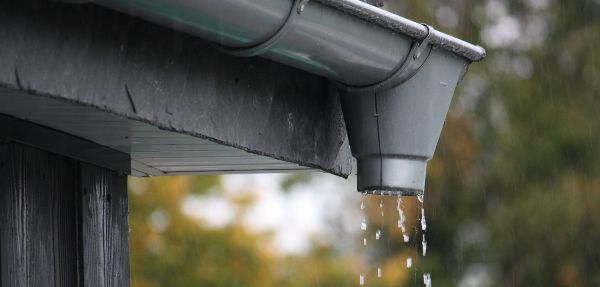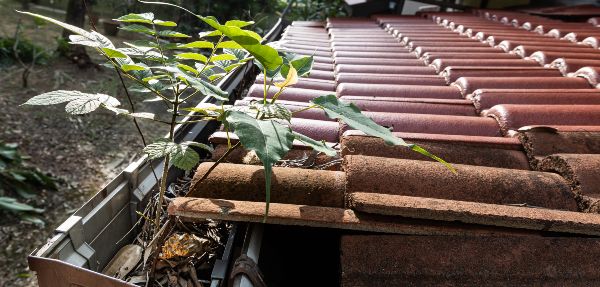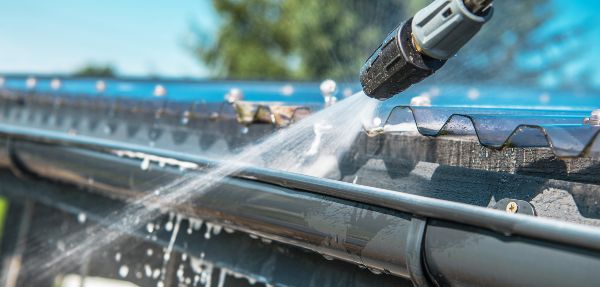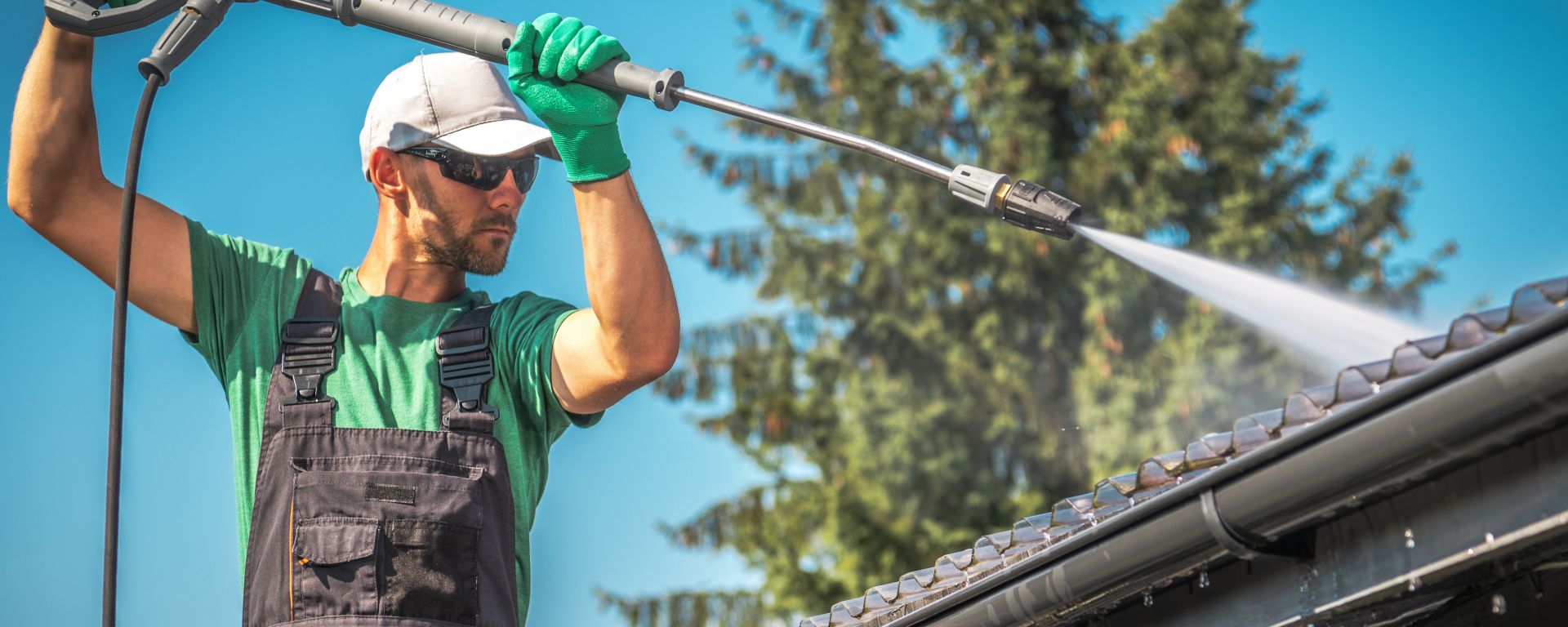Gutters may seem like random structures of a home that provide the simplest of functions, but there’s a lot more to them than meets the eye. They actually form an extremely integral part of the home, therefore meaning that their cleaning and maintenance are of the utmost importance too. If you’ve been struggling with water damage or pests in your home, it could very well be related to your gutters.
In this post, we bring gutters into the spotlight, by highlighting their role, common issues caused by neglect, and the importance of cleaning specific areas and items such as your gutters. Keep reading to find out how you can ensure your gutters are taken care of, so that they can inversely take care of you. Let’s dive in!
The Role of Gutters in Protecting Your Home

Like all other parts of a home, gutters aren’t just placed there to look pretty; and while many of those other parts do a good job of looking pretty, gutters often don’t. What they do very well, though, are other functions that play integral roles in keeping the home safe and sound. Let’s look at the roles that gutters play below.
1. Preventing Water Damage
Water damage is one of the most prominent threats that a home faces, and gutters play a vital role in preventing this. They re-direct rainwater that gathers on the roof, taking it away from the foundation. If gutters get clogged or damaged, they aren’t able to perform this function, resulting in water seeping into walls, leading to mould growth, rotting wood, and structural instability. Cleaning and maintaining your gutters regularly will ensure proper water flow, preventing these water-related damages.
2. Preserving the Structural Integrity
Besides preventing water damage, gutters in good condition help preserve the structural integrity of your home. When water is directed away from the foundation, soil erosion and foundation disruption are prevented. This helps maintain the stability of the house while preventing issues such as cracked walls, sagging roofs, or damaged fascia and soffits.
Common Issues Caused by Neglected Gutters

If your gutters aren’t cleaned and maintained properly, there are a few common problems you can expect. In the same breath, if you’re experiencing one of the problems mentioned below, it could be a sign that your gutters are clogged or damaged.
1. Clogging and Overflow
Clogged gutters are a common problem that can lead to numerous issues. When gutters aren’t cleaned regularly, they get filled with leaves, twigs, and debris, resulting in the ineffective channeling of water. This results in an overflow of water down the sides of the gutters. Overflowing water can damage the roof, siding, and landscaping. It can also attract pests by creating pools of water around the foundation.
2. Ice Dams and Freezing Issues
During the extremely cold days of winter, clogged gutters can contribute to the formation of ice dams. Ice dams occur when snow or sleet melts on the roof, and when combined with blockages, the water cannot flow. The trapped water then freezes, causing ice dams that can damage the roof, gutters, and even the interior of the house. Luckily this does not happen often in South Africa due to the absence of snow.
The Importance of Regular Gutter Cleaning

To avoid the issues listed above, your gutters should be cleaned regularly. Let’s take a look at everything there is to know about gutter cleaning, and how you can implement them to keep your gutters clean and well-maintained.
1. Frequency of Cleaning
To ensure optimal performance, gutters should be cleaned regularly. How often exactly? The frequency depends on factors such as your location, surrounding vegetation, and climate. In general, seasonal gutter cleaning is a good timeline to go by. That being said, it’s a good idea to clean your gutters a few more times during autumn, or any other times of the year when leaves fall and gather more frequently.
2. DIY vs. Professional Cleaning
You can perform gutter cleaning yourself or hire professional services to do the job. You’ll save money by doing it yourself, but it’s essential to follow safety precautions and use proper equipment. If you’d rather play it safe, there’s a lot to be gained from professional cleaning services. They’ll ensure a thorough job, especially for multistory houses or gutters that are difficult to reach. Consider your comfort level, time availability, and the complexity of the task when deciding between DIY and professional cleaning.
Gutter Maintenance Tips for Long-Term Performance

Keeping your gutters clean is of the utmost importance, but there are also other approaches you can take to ensure their maintenance. Use the tips below to keep your gutters in their best condition possible.
- Regular Inspections: Perform regular inspections of your gutters to identify any signs of damage or wear. Problems to look out for are cracks, sagging sections, loose brackets, or areas where water is collecting.
- Downspout Maintenance: Ensure your downspouts are clear of debris and properly attached to the gutters. Regularly inspect for and remove any blockages to maintain proper water flow.
- Gutter Guards and Protection Systems: Consider adding gutter guards, screens, or covers to your gutter system. They will help reduce the accumulation of debris, resulting in less frequent cleaning being required. They come in various types, including mesh screens, foam inserts, or solid covers.
Conclusion
Regular gutter cleaning and maintenance are vital for the overall structure and stability of your home, and ultimately your and your family’s well-being. By making gutter cleaning a part of your regular home maintenance routine, you can ensure a functional and well-protected home for years to come.
Book a SweepSouth cleaning service and acquire the help of a professional outdoor SweepStar. Their expertise and experience will give you peace of mind knowing your gutters and the rest of your home are taken care of in the best way possible.










